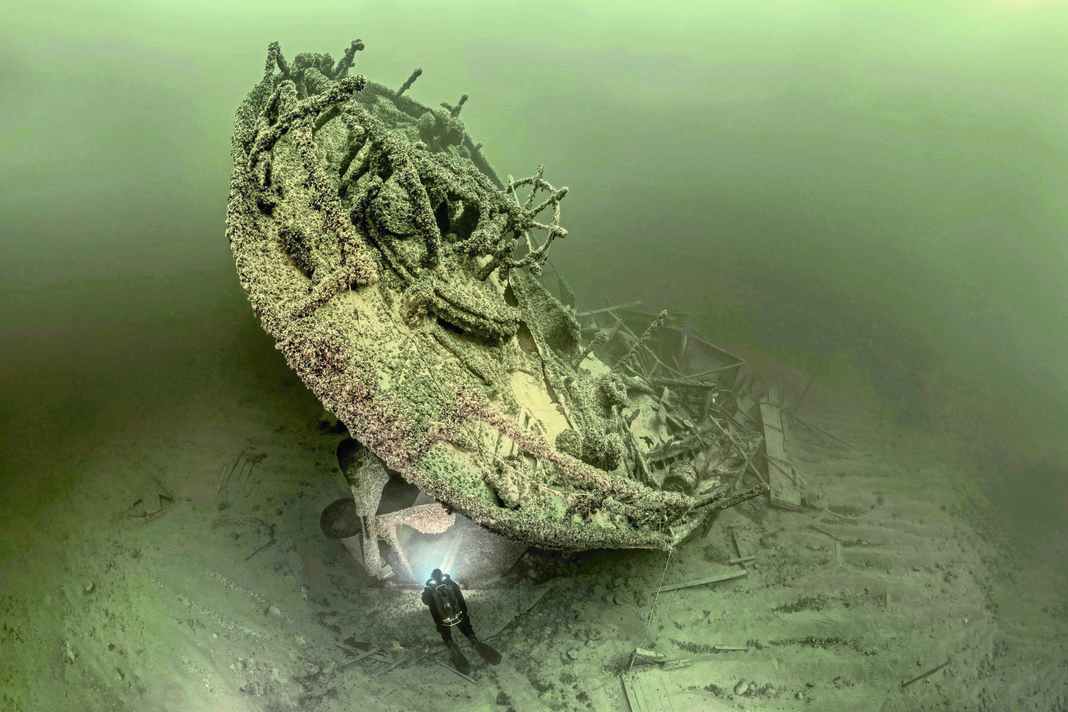New podcast episode: The fascination of ship graveyards - with underwater photographer Jonas Dahm
Leonie Meyer
· 25.04.2025






Silence reigns under the water. Rusty steel hulks emerge from the murky twilight, sunken ships that once sailed proudly across the sea and now rest quietly on the bottom. Jonas Dahm has been exploring the depths of the Baltic Sea for years, where he has discovered a huge underwater museum that has barely been explored to date.
How are shipwrecks in the Baltic Sea preserved?
The photographer has often dived down to document ships that have often lain on the seabed for several centuries - amazingly well preserved and full of evidence of past lives. In this episode, Jonas Dahm gives an impressive account of how uniquely the conditions of the Baltic Sea preserve the condition of the wrecks and what it is like to carry out this work. "It feels like travelling back in time underwater," explains the underwater photographer.
He provides intimate insights into his emotional experiences on board sunken ships. It becomes particularly moving for him when he discovers personal objects that make the dramatic fates of people on the high seas tangible. "Sometimes it's as if I'm stepping into their living room," Jonas Dahm describes.
Preserving stories
In an interview with Timm Kruse, the Swede also explains why wreck photography is more than just a profession for him: his spectacular images serve to preserve history on the one hand, and on the other, they are an important reminder of the horrors of past conflicts and wars. Jonas Dahm is actively committed to a culture of remembrance and a heightened awareness of historical events and the protection of the marine environment.
But why is it only today, after hundreds of years, that intensive scientific research into Baltic Sea wrecks is beginning? And what about the financial aspect? In the podcast, the Swede explains why this is the case and how it is financed.
The challenges of photographing shipwrecks
All of this is not without major technical challenges: At a depth of 50 metres, in almost complete darkness, Jonas relies on special camera techniques, tripods and long-exposure lighting to capture the fascinating wrecks appropriately. You can find out more details about the work steps and the atmosphere on the seabed in this episode.
You can listen to the YACHT podcast with Jonas Dahm here
At this point, you will find external content that complements the article. You can display and hide it with a click.
Spotify
Apple Podcasts
Amazon Music
Audible
Deezer
And don't forget to subscribe and leave feedback.
If you have any questions, suggestions or topic requests, please write to us at podcast@yacht.de!
